2018 Toyota RAV4 SE Hybrid Review - A Fine Urban Runabout

2018 Toyota RAV4 SE Hybrid
I may be an avowed sedan stan, but I do get the appeal of crossovers. Especially small ones. Credit/blame me for being an urbanite, I guess, but I understand the appeal of a hatchback vehicle that can swallow cargo, be street-parked with ease, and has good visibility due to a tall ride height.
Sure, crossovers may not be my cup of tea. But I get why so many of my neighbors drive one.
Which is to say, I liked the 2018 Toyota RAV4 Hybrid more than I expected I would.
That’s in part because the RAV4 seems to stand for “generic yet reliable and popular crossover.” Odd, angular styling hasn’t helped it stand out much from the crowd.
Crossovers are meant to convey people and cargo about town with ease, and that’s the RAV4’s specialty. Looks aside, it blends because it’s supposed to.
Anonymity doesn’t necessarily mean boredom, however. I was surprised at how well-weighted and accurate the electric power-assisted rack and pinion steering was. I expected numbness – after all, this is a people-mover, first and foremost – but there was actual feel. There was also just enough sprightliness while cutting through the concrete jungle. There’s a Sport mode if you want to delude yourself into thinking you’re driving a tall FT-86.
The hybrid system pairs a 2.5-liter four-cylinder with an electric motor and mates it to a continuously-variable automatic transmission. All-wheel drive underpins it all.
Total system horsepower is 194, and the four-cylinder pumps out 152 lb-ft of torque (I’ve asked Toyota for full-system torque, and have been told the automaker does not publish full-system torque figures). These numbers won’t blow your mind, but there’s enough gusto to keep you happy while commuting, despite a nearly two-ton curb weight.
It be heavy, but it’s short enough to easily fit into tight urban parking spaces, and its size makes it ideal for diving into gaps in traffic.
Inside, you’re confronted with a cabin that has a logical control layout but little pizzazz. The infotainment system, like most Toyota units, is outdated. A swath of soft-touch material across the dash does little to relieve the omnipresent black color, nor does it fully bring the materials upscale – they feel price-point appropriate, but there’s also way too much plastic. At least there are real honest-to-goodness radio and climate knobs. Since this is a hybrid, you get a gauge that keeps you up to date on the hybrid system in place of a tach.
[Get new and used Toyota RAV4 Hybrid pricing here!]
Adults fit well in the front seat and rear-seat room isn’t punishing.
There are four available trims – LE, XLE, SE, and Limited. My SE tester, being second-fiddle to the Limited, came standard with Toyota Safety Sense (pre-collision system with pedestrian detection, lane-departure alert with steering assist, automatic high beams, and dynamic radar cruise control). Other standard features include LED headlights and taillights, power liftgate, power moonroof, dual-zone climate control, Entune, touch-screen infotainment, rearview camera, Bluetooth, keyless entry and push-button start, USB port, satellite radio, and heated front seats.
Options included premium audio, navigation, and 50-state emissions as part of a package that ran $1,310. A tonneau cover added $90 to the total.
Factor in $995 for D and D, carry the one, multiply by two, drop the extra five, and divide by seven, and you get a total of $34,580 on a vehicle that based at $32,185. That does feel a bit dear for a small SUV, even one that has fuel-economy numbers of 34 mpg city/30 mpg highway and 32 combined.
So you pay a pretty penny, but you get a fuel-efficient urban runabout that’s not totally boring to drive and carries people and cargo in comfort, with a cabin that’s just nice enough along with being user-friendly. The RAV4 Hybrid isn’t a particularly exciting vehicle, but it does the job well, and that’s more than can be said for many vehicles on the market.
While I might be content with a RAV4 that doesn’t have a hybrid powertrain, the extra fuel economy will be worth the higher sticker to some. Either way, you’re getting a small SUV that does a lot of things well, even if it’s not always pleasant to look it.
I suppose trading looks for a can-do attitude isn’t the worst thing in the world.
[Images: © 2018 Tim Healey/TTAC]

Tim Healey grew up around the auto-parts business and has always had a love for cars — his parents joke his first word was “‘Vette”. Despite this, he wanted to pursue a career in sports writing but he ended up falling semi-accidentally into the automotive-journalism industry, first at Consumer Guide Automotive and later at Web2Carz.com. He also worked as an industry analyst at Mintel Group and freelanced for About.com, CarFax, Vehix.com, High Gear Media, Torque News, FutureCar.com, Cars.com, among others, and of course Vertical Scope sites such as AutoGuide.com, Off-Road.com, and HybridCars.com. He’s an urbanite and as such, doesn’t need a daily driver, but if he had one, it would be compact, sporty, and have a manual transmission.
More by Tim Healey
Latest Car Reviews
Read moreLatest Product Reviews
Read moreRecent Comments
- Buickman Ironiq?
- Peter Elections have consequences. Joe Biden promised to rebuild our manufacturing base, and with his landslide win he is doing just that. Though I’m guessing he’s done with the student loan forgiveness. Think I’ll go by some protesters with my own chant. From sea to shining sea, student loans will never again be free.
- Yuda Agreed Now if only people had enough sense to tell that the EV mandate is also hideous overreach that would be nice too
- Henry Completely agree with the unacceptable false alerts. And in addition to that, it's just one more thing that adds cost to new cars. We're all forced to pay for government mandates, whether we want them or not. For example, too many people were too lazy to check their tire pressure, so now we all have to pay for TPMS. ADAS features all cost a bundle and it's no wonder that new cars are so costly.
- Jalop1991 It would be easy to draw a direct correlation between any changes in EV demand and the sudden uptick in new or near-new Tesla vehicles which have been stored at the soon-to-be-demolished Chesterfield Mall.You misspelled "accurate".




















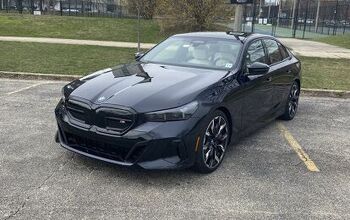



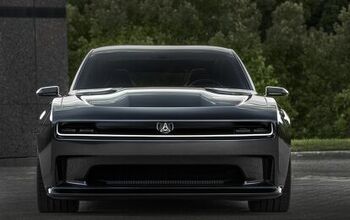



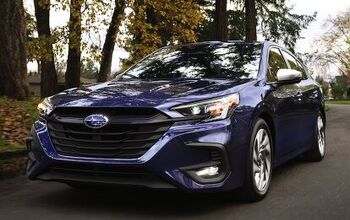
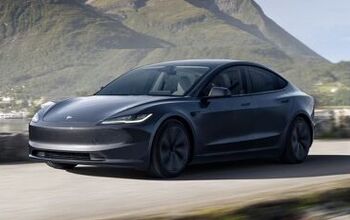

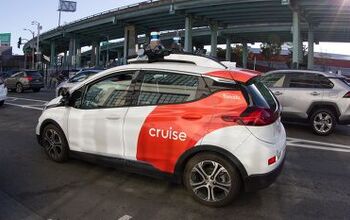
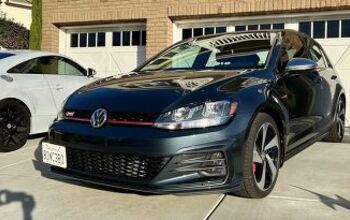

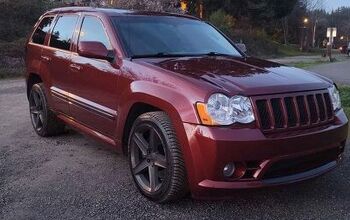


Comments
Join the conversation
Real world gas mileage can be 40 according to motor trends 1st drive, so theres that,and the fact that there are Prii running around nearing 200k miles. Not a bad city car for folks who have crappy roads and weather.
You went and tested a high-line hybrid Rav4, loaded with crap, and groused about the 34K price ? What the devil is "D and D" ? Maybe they should make you pay for vehicles you test.